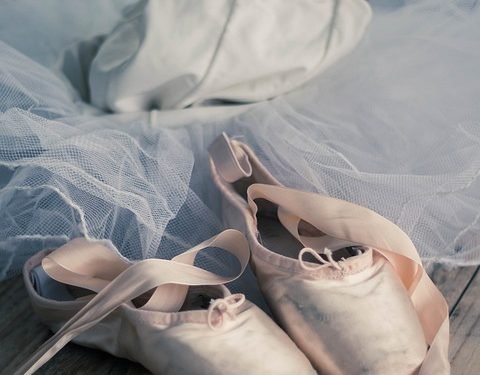Dance has always been a powerful tool for social change and activism. Throughout history, dance has been used to express cultural identity, resist oppression, and protest injustice. From traditional folk dances to contemporary and street dance, the art form has played a significant role in shaping social movements and sparking change.
One of the most powerful aspects of dance as a tool for activism is its ability to transcend language and cultural barriers. Dance has a universal appeal that can unite people from different backgrounds and give them a shared platform for expression. This has been especially evident in movements like Black Lives Matter, where dance has been used as a form of protest and a way to bring attention to systemic racism and police brutality.
Dance has also been a key element in many social and political revolutions. Throughout history, movements like the Civil Rights movement, the feminist movement, and LGBTQ+ rights movements have utilized dance as a way to assert their presence, challenge social norms, and demand change. Whether it was through traditional African dances, the iconic choreography of the feminist anthem “I am Woman,” or the voguing and ballroom culture of the LGBTQ+ community, dance has been a symbol of resistance and empowerment.
In addition to protest and resistance, dance has been used as a means of healing and community building. In many cultures, dance has been a form of collective celebration, a way to connect with one another, and a tool for processing trauma. This has been particularly evident in movements like #MeToo, where dance has been used as a form of empowerment and healing for survivors of sexual assault and harassment.
In recent years, social media has also played a pivotal role in the use of dance for activism. Platforms like TikTok have become a powerful tool for spreading awareness, mobilizing people, and promoting social change. From dance challenges that raise money for charitable causes to viral dances that bring attention to important issues, social media has given dance a new platform for activism.
Overall, dance has proven to be a significant force for social change and activism. Its ability to unite people, challenge social norms, and inspire action makes it a powerful tool for creating a better, more just world. As the world continues to grapple with social and political issues, there’s no doubt that dance will continue to be a driving force for change.








